Appleton Estate 21-Year-Old: One of the World’s Great Rums
by Ken Gargett
While the Appleton Estate distillery in Jamacia has a reputation of the highest order for quality rums, for me, the sweet spot has long been their 21-Year-Old. Sure, they have some highly priced prestige and luxury releases, such as their 30-Year-Old, and several very solid rums, which sit at the more everyday end of the market, but the 21-Year-Old is a superb rum, which is not priced out of reach, at least not for the occasional special occasion.
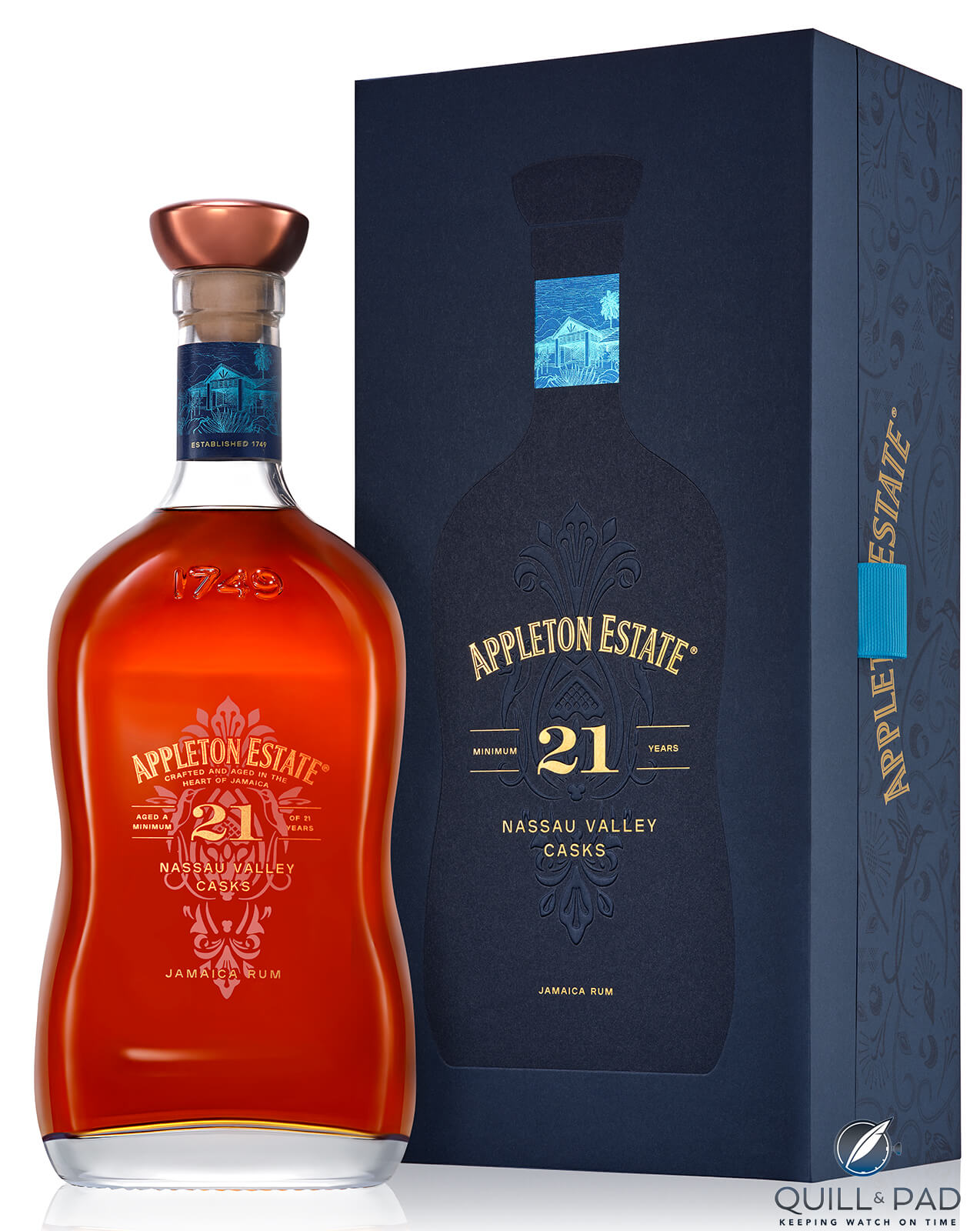
Appleton Estate 21 Year Old Nassau Valley Casks rum
Most of us can enjoy a sip now and again – and this is very much a sipping rum for me, not to be married (should that be marred?) with cola or dumped into umbrella-infused cocktails.
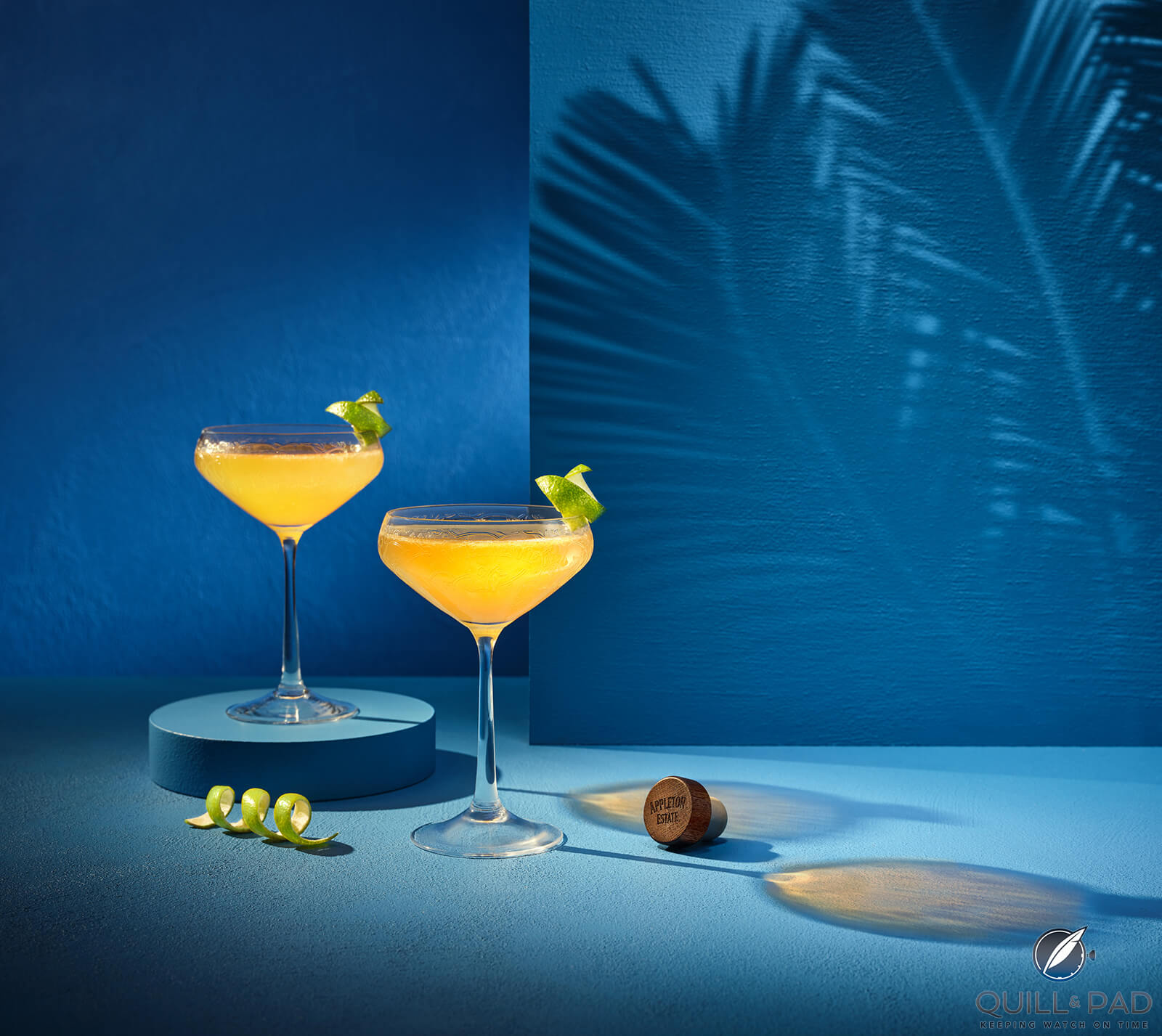
Appleton Estate Signature Blend Daiquiri cocktail
Rum is still taking its place as one of the world’s great spirits. For too long, it was seen as something that would never dare share a shelf with the top whiskies and cognacs. Rum was a transit tipple to inebriation. Cheap, though not particularly cheerful, with a history of shame.
It is only around one hundred years ago that rums even started to receive identification by way of the producers’ names on the labels. Until then, no one bothered. It was just bulk alcohol. Mount Gay is considered one of the very first, labeled in the 1920s, but rarely seen till the 1930s, after the collapse of Prohibition.
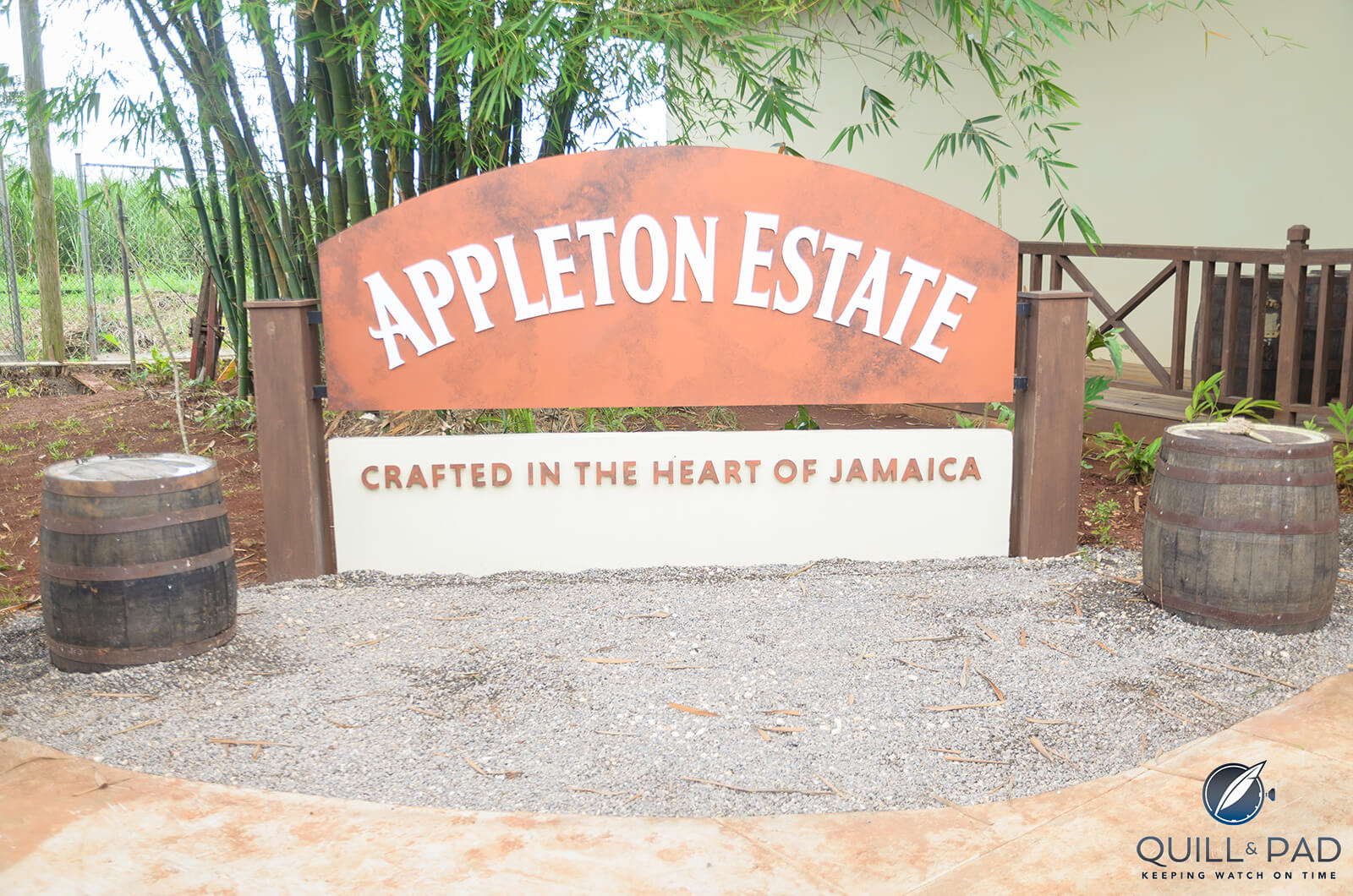
Appleton Estate distillery
Appleton Estate made its first appearance during WWII, in 1944, although as Matt Pietrek in his wonderful “Modern Caribbean Rum”, notes, the name of Appleton previously had appeared on J. Wray and Nephew’s branded rum. It was in 1944 that we first saw the Appleton Estate Special Rum. He also points out that Appleton was Jamacia’s only original producer brand for the next sixty years.
————————————————————————————————————–
—————————————————————————————————–
Appleton does have a far more extensive history than this, with records dating back to 1749 or even 1709, depending on your source or, perhaps more correctly, how one wishes to define things. It was in 1709 that the owner of the estate at the time instructed the manager not to sell their rum locally but to export it, believing it to be of superior quality.
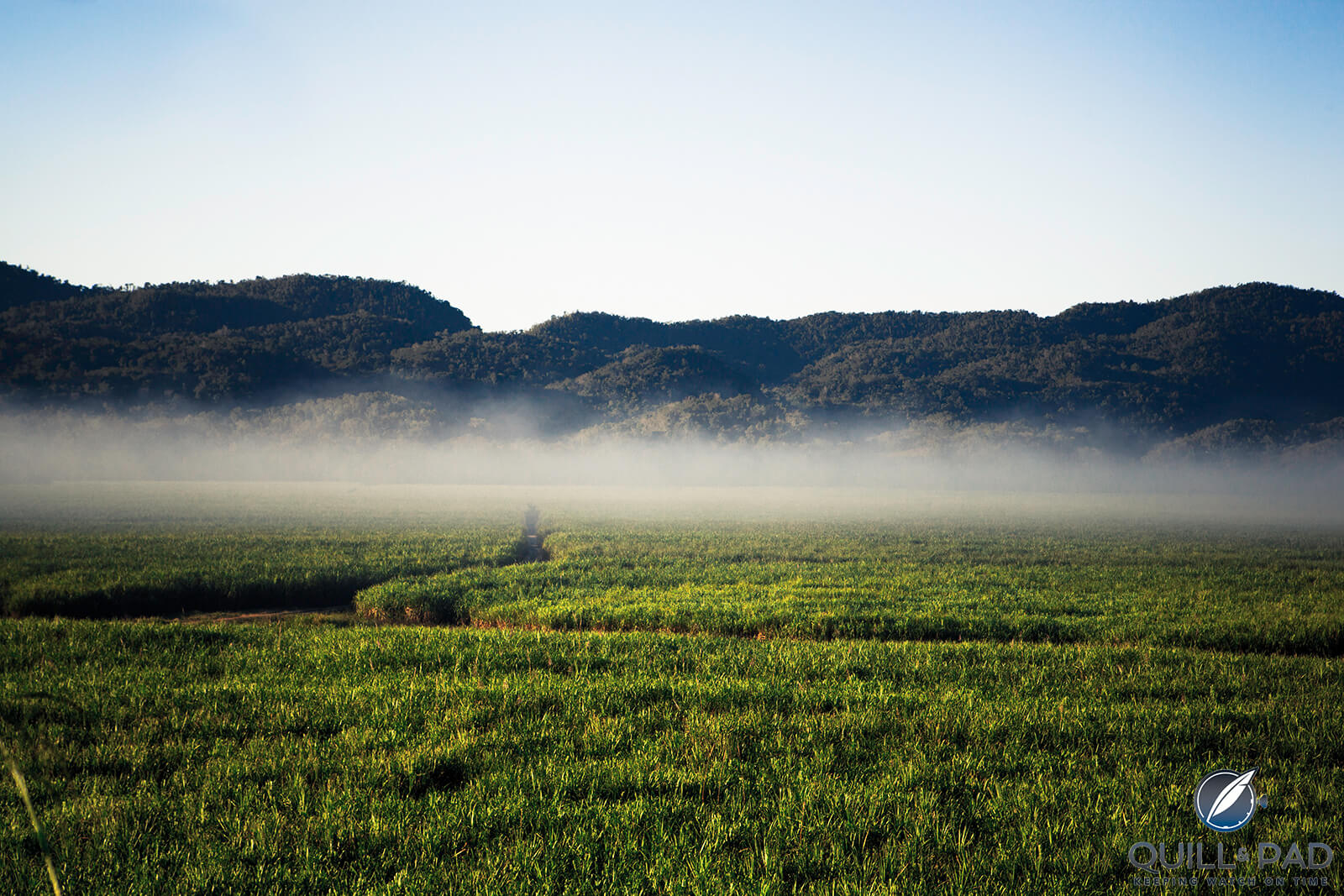
Appleton Estate sugarcane fields in Jamaica
The team at Appleton Estate also managed an adjacent sugar factory right up until 2020. Appleton Estate is located in Jamaica’s Nassau Valley.
The connection with J, Wray and Nephew? Following Pietrek’s timeline, John Wray, a local pub owner, began blending rums for sale in 1825, rums he had sourced from various local estates. In 1860, his nephew, C.J. Ward, joined the business and the name changed. Their activities were not restricted to rum, but rather an array of wines and spirits.
In 1862, the firm won gold medals at the London International Exhibition, with their 10-Year-Old, 15-Year-Old and 25-Year-Old rums. This is important information as it confirms that even back then, certain operations were aging their rums, not just selling them as soon as they could.
In 1902, C.J. Ward purchased the Monymusk Estate. He passed away around a decade later and shortly after, in 1916, the Lindo Brothers & Co purchased the business. That same year, they also purchased the Appleton Estate and set about expanding its operations. Further additions were made both before and after the release in 1944 of the Appleton Estate Special Rum.
—————————————————————————————————–
—————————————————————————————————–
It was in 1957 that things start to get a little complicated. J. Wray & Nephew was sold to a syndicate and then a few years later, it merged with Seagram’s subsidiary, Captain Morgan. The new entity was given the decidedly unromantic name of Consolidated International Corporation Ltd.
However, Seagram retained Captain Morgan for all markets outside Jamaica. Now, it is made by Diageo in a number of countries. In 1965, Coruba joined CIC, and in 1970, the name of CIC was changed back to Wray and Nephew.
In 1989, they were purchased by the Lascelles deMercado Group, which in turn, in 2008, was purchased by Trinidad CL Financial, better known at the time as the parent company of Angostura. In 2012, Trinidad CL Financial was sold to Campari. Throughout all this, Appleton was always seen as the premium rum in the portfolio (whichever portfolio that may be, at the time).
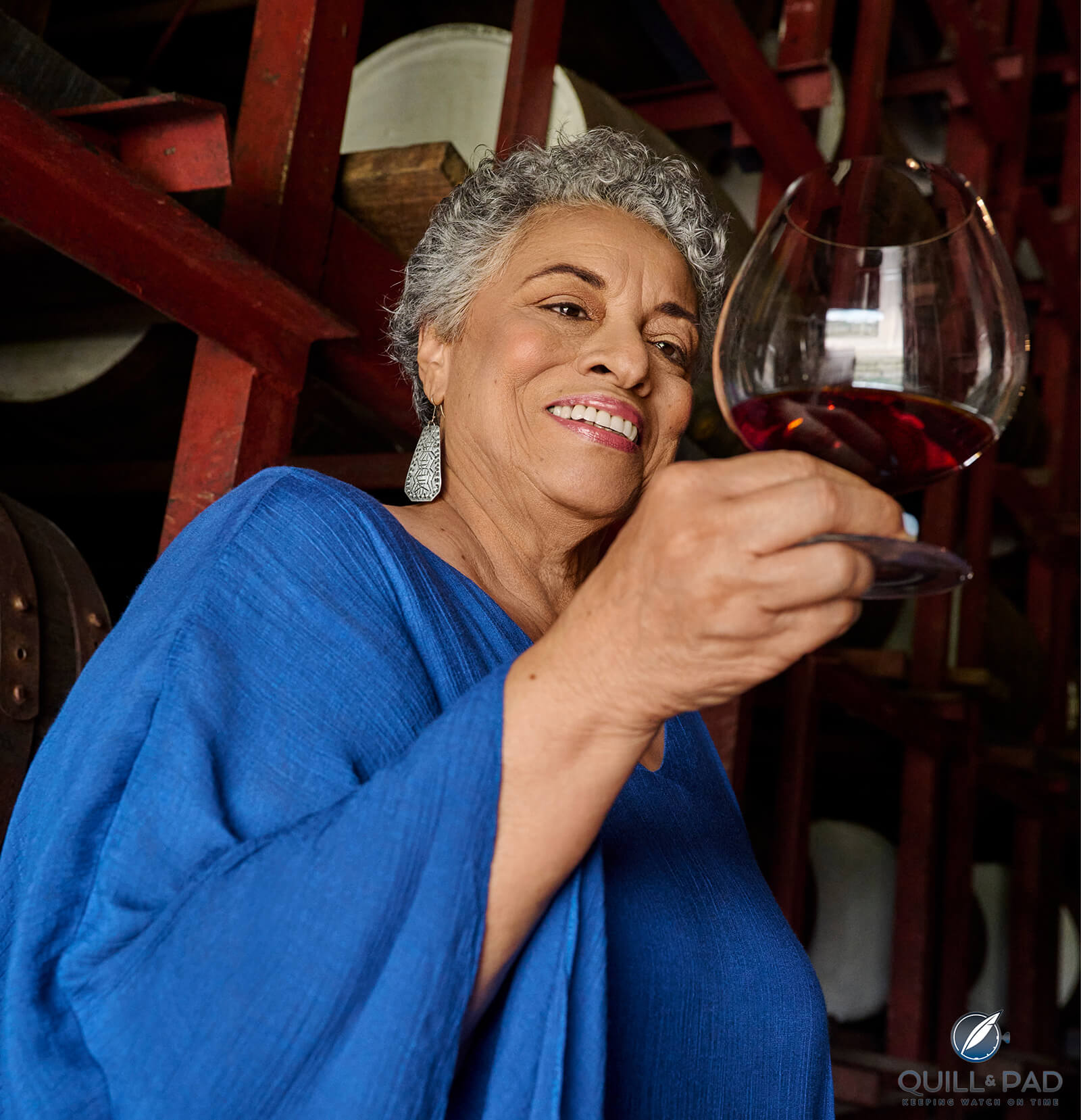
Joy Spence, Appleton Estate Master Blender
Master blender is Joy Spence, who joined in 1979 (or thereabouts – I have seen three different years quoted) as the chief chemist. In 1997, Joy became the first woman to be appointed as a Master Blender, not only in the rum industry but in the entire spirits industry. One more achievement in a long line.
Joy graduated with First Class Honors and then went to England for her Master’s in analytical chemistry. After working at Tia Maria, she then went to J. Wray & Nephew, before moving across to Appleton.
After eventually becoming Master Blender, the first rum for which she had total control was the release to celebrate the 250th Anniversary of Appleton. Jamaica awarded her the Order of Distinction in 2005. She has been a strong proponent for geographical indication for Jamaican rum, achieved in 2016. Joy Spence has received numerous other awards and recognition over her career.
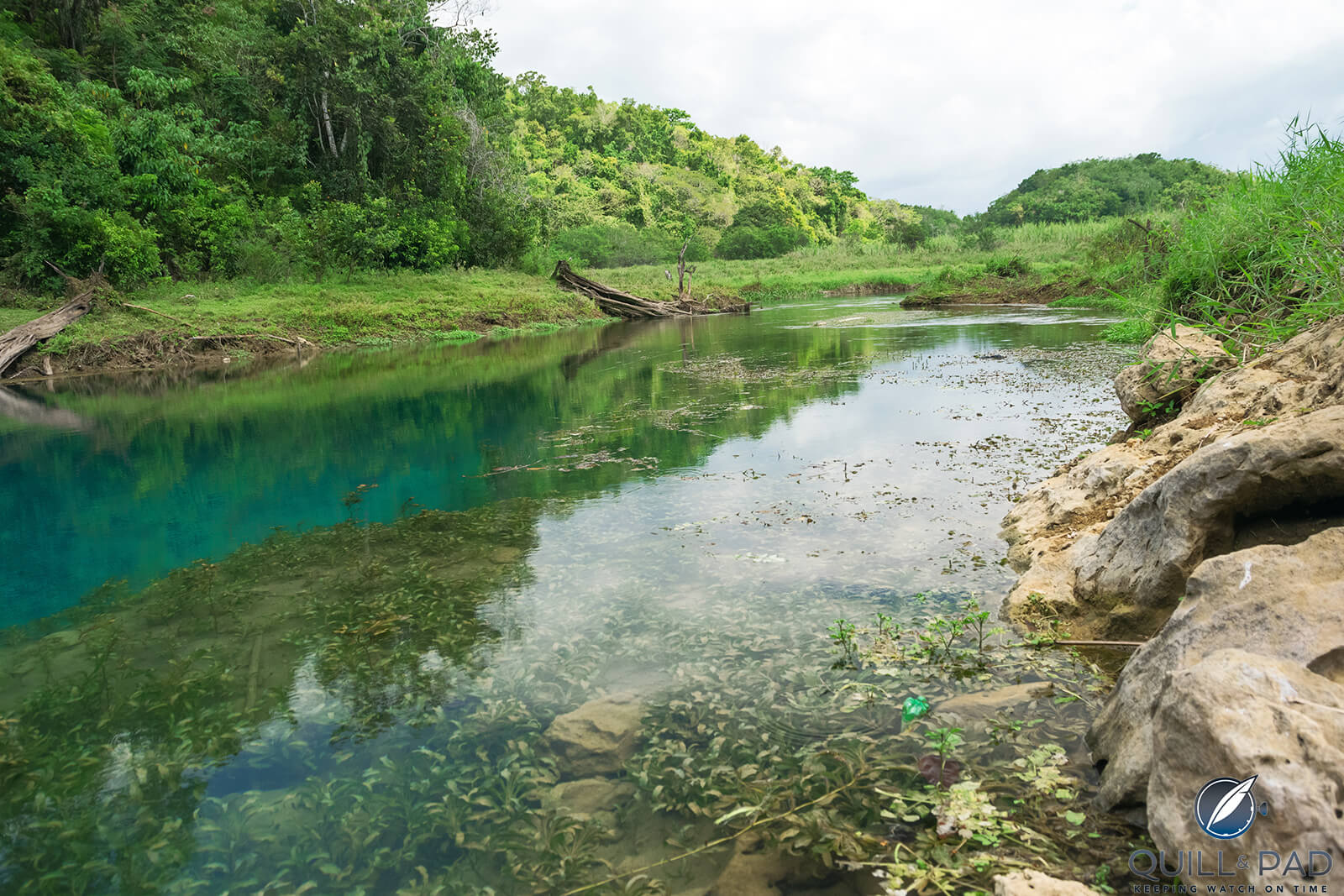
Appleton Estate, Jamaica
Tests by Joy have revealed that the Appleton water source, an attractive blue-ish hue apparently achieved by its filtering through limestone, plays a crucial role in the final rum. The actual source is called River Head Spring, and the blue hue is where the inspiration for the blue coloring used in their packaging hails.
—————————————————————————————————–
—————————————————————————————————–
Fermentation is of diluted molasses. They use their own strain of yeast. Appleton has five large double retort pot stills, all made in Scotland from copper. They also have copper-lined stainless steel column stills. It is the copper pot stills that are used for the production of the rum to be blended into the 21-Year-Old.
The firm has around a quarter of a million casks maturing away, but these are distributed around several sites across Jamaica, just in case of a disaster befalling their precious liquid. Far better to lose only a portion, rather than everything.
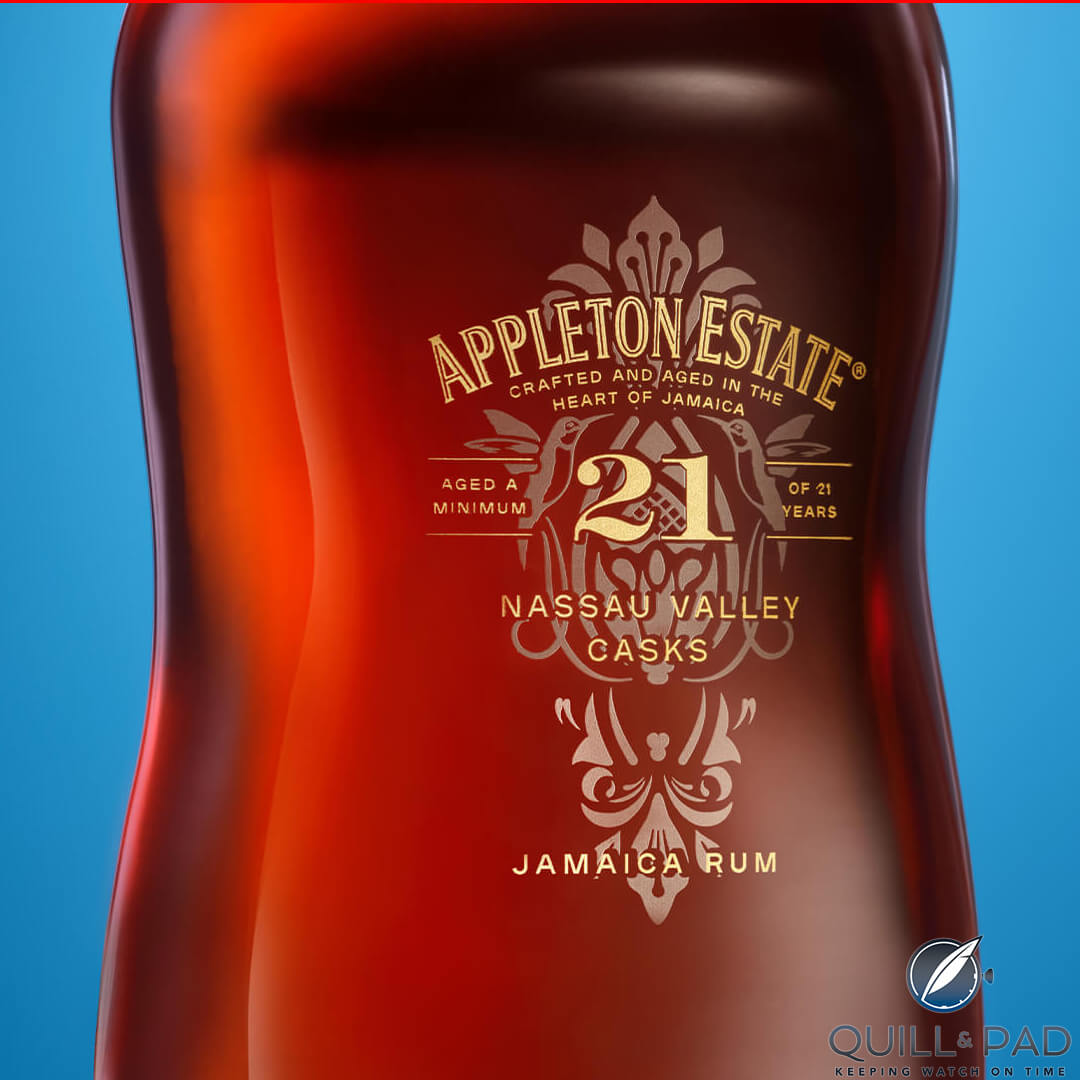
Appleton Estate 21 Year Old Nassau Valley Casks rum
Their rums work on the principle of ‘minimum aging’, so all of the components in the final blend of, for example, their 21-Year-Old, have been aged for at least twenty-one years. After blending, the 21-Year-Old rum is recasked and aged for a further two years. They are aged in what the team at Appleton call ‘Number One Select American oak barrels’.
Alcohol in the finished product is 43%. Presentation was upgraded to what the rum deserves around a decade ago. Just 12,000 bottles are produced each year.
I saw one review that suggested that the worst thing about the Appleton 21-Year-Old rum is that it is going to make a lot of lesser rums seem very uninteresting indeed.
The color is a glorious golden bronze. Spices, walnuts, a lovely orange rind note, caramel, hints of ginger and white chocolate, a little cocoa powder, vanilla, cinnamon, figs, a little Christmas cake, even a hint of coffee beans, but it is the gorgeous rolling notes of orange peel that stand out. The rum is finely balanced and wonderfully complex. Such length. This is one of the great rums.
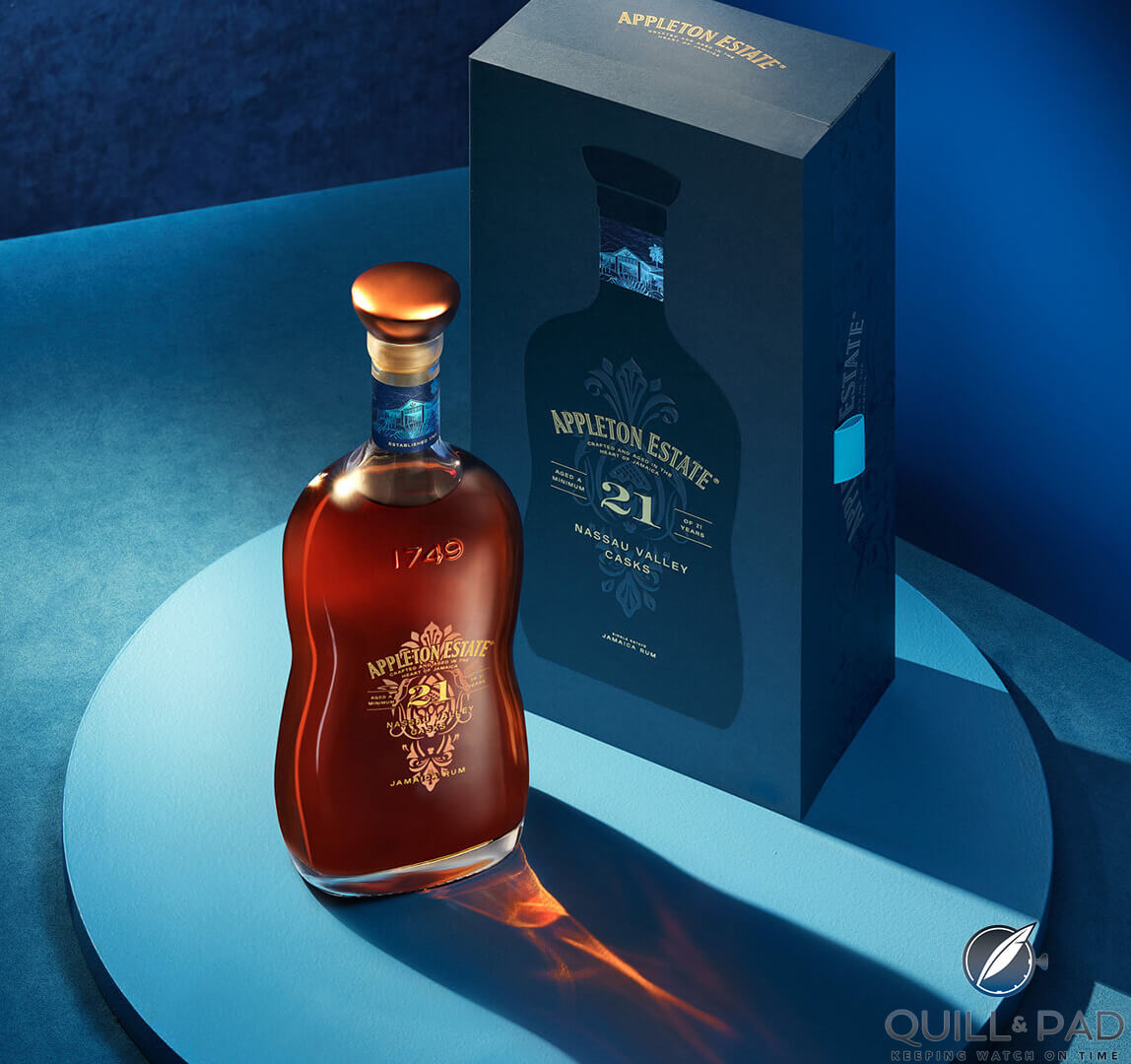
Appleton Estate 21 Year Old Nassau Valley Casks rum
It is undoubtedly a rum for sipping, rather than blending in cocktails or with cola or whatever. A lump of ice if that is what your preference is – and that might depend on location. Probably not that necessary mid-winter in northern Canada, but in the Caribbean, or indeed, Queensland, it is welcome.
Don’t miss this rum.
For more information, please visit https://appletonestate.com/en/
You might also enjoy:
Book Review: Modern Caribbean Rum by Matt Pietrek and Carrie Smith
Angostura 1787: A Rich, Ultra-Premium Rum Destined For Sipping Not Mixing
El Dorado 21-Year-Old Special Reserve Rum: Searching Out Guyana’s Rich, Liquid Gold
Isla Del Tesoro: The World’s Rarest, Greatest Rum

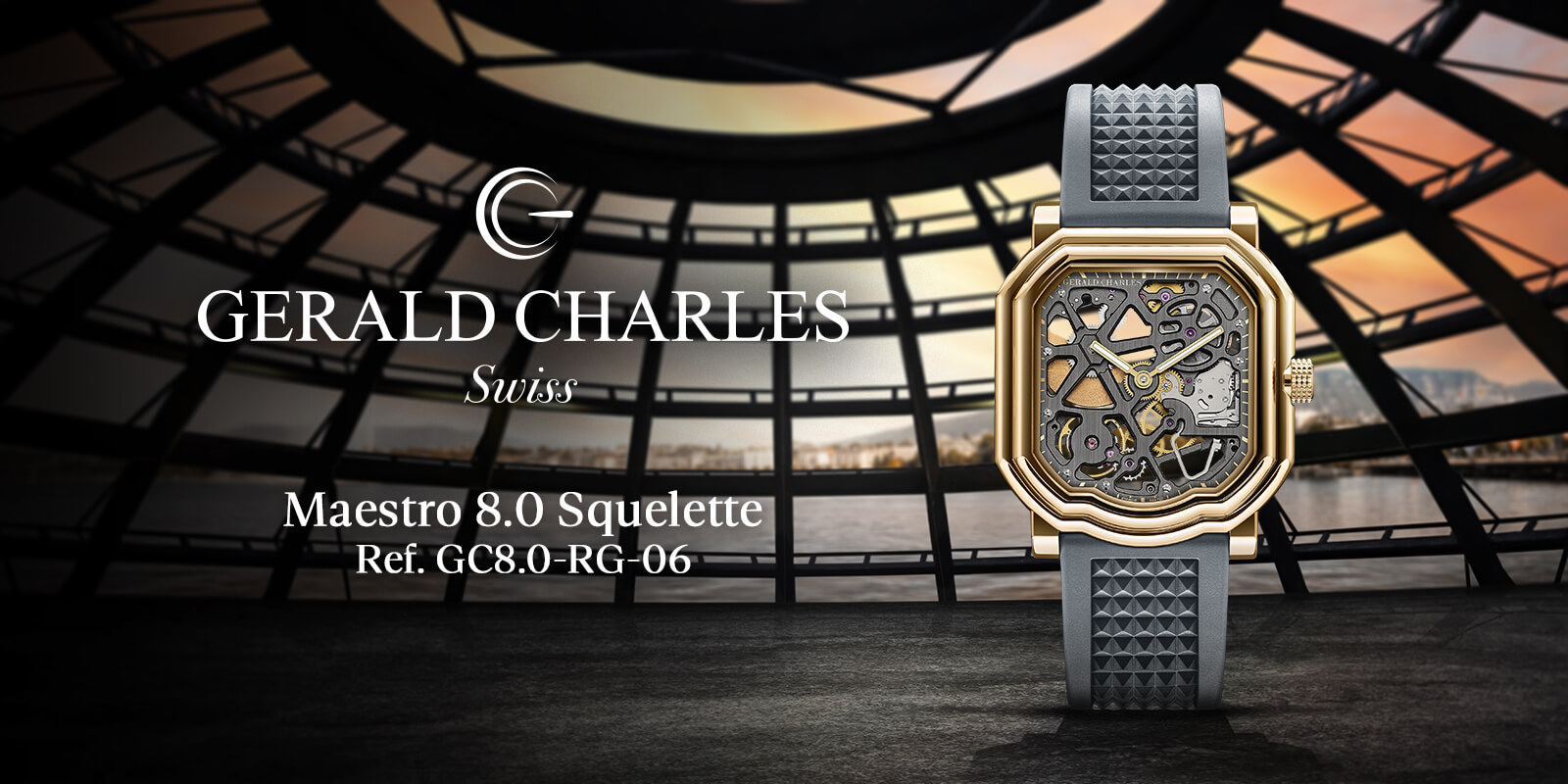

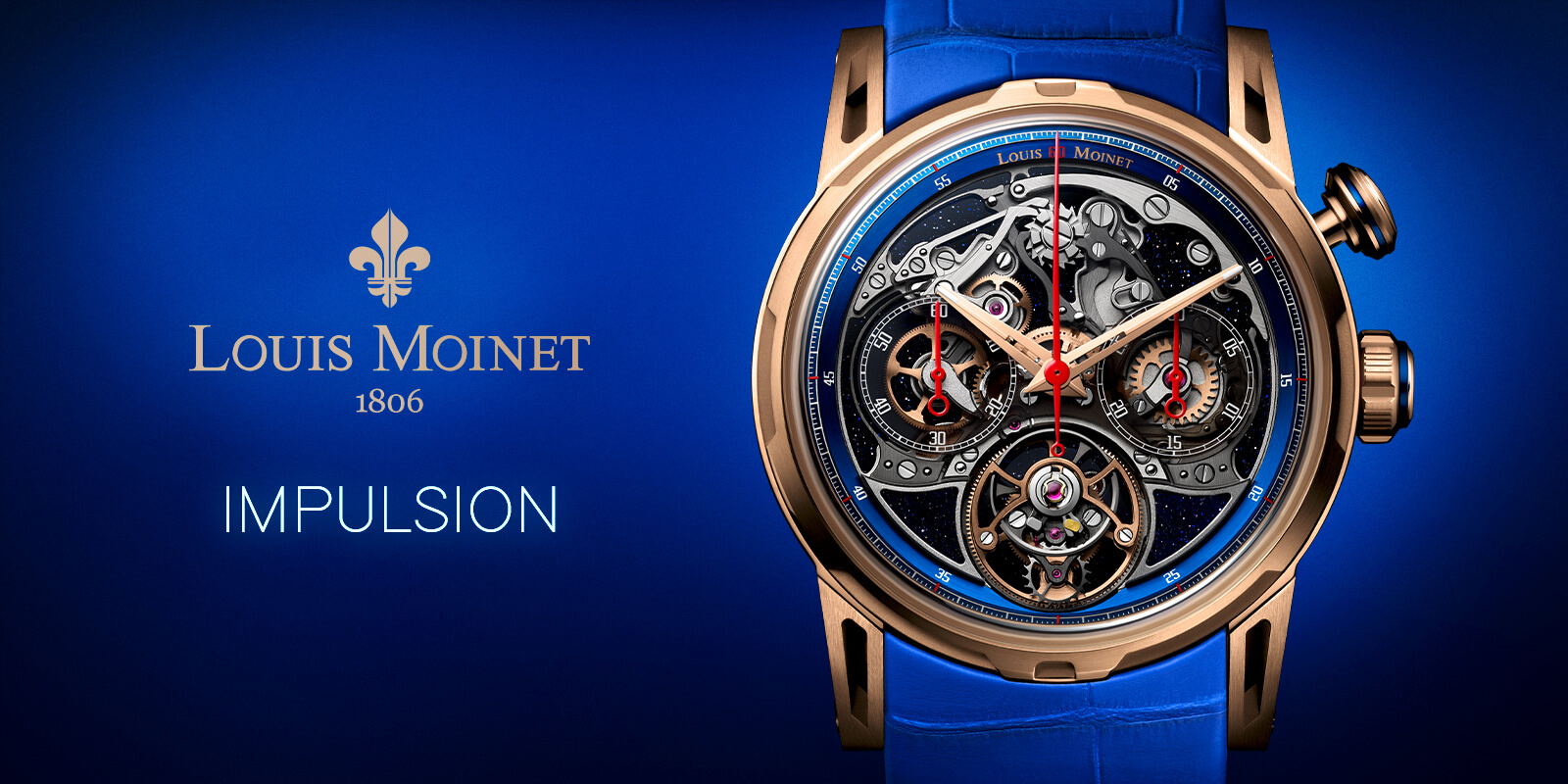



Leave a Reply
Want to join the discussion?Feel free to contribute!